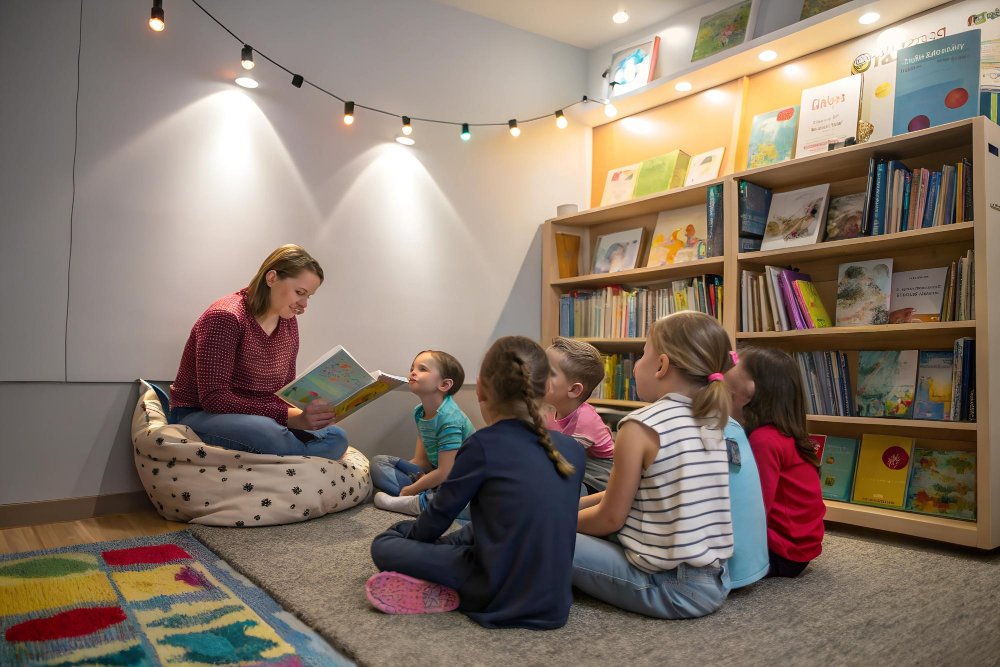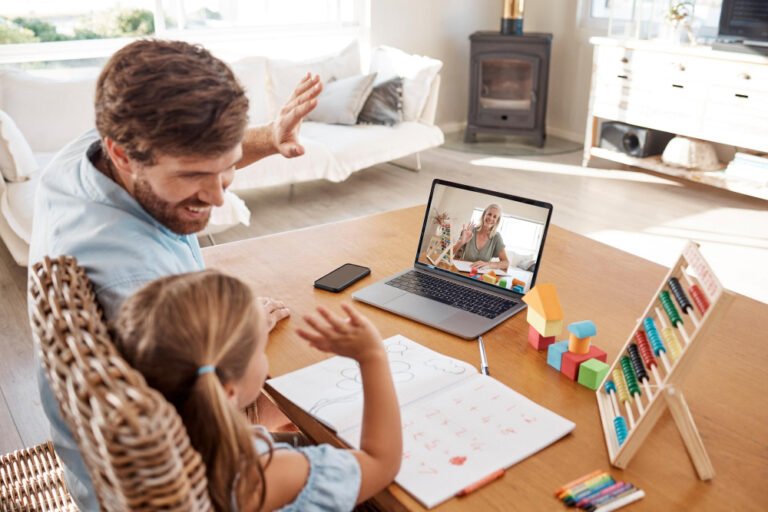For children, teens, and even adults, feeling safe is the foundation of real learning. Without emotional safety, the heart and mind struggle to absorb new ideas, trust others, and take healthy risks.
Whether you’re a parent teaching at home or a youth leader mentoring in the church, here are practical ways to create an environment where hearts can open, faith can grow, and learning can flourish.
1. Lead with Love and Grace
Both at home and in church, students thrive when they know they are loved, valued, and accepted. Make it clear that mistakes are part of growth, not a reason for shame.
- Use encouraging words.
- Be patient with questions.
- Celebrate progress, not just perfection.
📖 Recommended Book: Raising Grateful Kids in an Entitled World by Kristen Welch – Amazon
Teaches parents how to raise humble, grateful children in a world full of pressure and comparison.
2. Create Consistent Routines and Clear Expectations
Children feel safest when they know what to expect. Create predictable routines and clearly communicate boundaries, so they don’t have to fear the unknown.
- Start every class or family devotion with prayer.
- Set predictable times for Bible study, worship, or group sharing.
- Use visual schedules or charts for younger children.
📖 Recommended Book: Parenting with Love and Logic by Charles Fay – Amazon
Practical guidance for setting healthy boundaries without fear or frustration.
3. Model Emotional Honesty
Kids learn emotional safety by watching how adults handle their own feelings. Be honest about your struggles, but show how you trust God through them.
- Share your own testimonies.
- Admit when you make mistakes and ask for forgiveness.
- Talk openly about your faith journey.
4. Encourage Open Communication Without Judgment
Create an environment where kids feel safe to share without fear of being shamed or dismissed.
- Listen without interrupting.
- Avoid sarcasm or harsh corrections.
- Use “I hear you” and “Thank you for sharing” to build trust.
📖 Recommended Book: The 5 Love Languages of Children by Gary Chapman – Amazon
Teaches how to connect with kids in ways that speak directly to their hearts.
5. Use Positive, Scripture-Based Affirmations
Remind children that they are loved by God, created with a purpose, and capable of greatness. This builds confidence and spiritual resilience.
- Use verses like Psalm 139:14 (“You are fearfully and wonderfully made”).
- Encourage kids to memorize Scriptures that reinforce their identity in Christ.
- Praise effort, not just results.
6. Create a Physical Space That Feels Safe and Inviting
Environment matters. Make sure the physical space is:
- Well-lit and comfortable
- Free of clutter and chaos
- Filled with encouraging artwork and Bible verses
- Quiet, with minimal distractions
7. Pray for Emotional Healing and Spiritual Growth
Even the best environments can’t replace the power of prayer. Pray over your children, students, or church members — that God would remove fear, build confidence, and open their hearts to His Word.
📖 Recommended Book: The Power of a Praying Parent by Stormie Omartian – Amazon
Prayers for every stage of parenting, from infancy to adulthood.
Next Steps for a Healthier Learning Environment
Creating emotionally safe spaces is not a one-time effort — it’s a lifestyle of intentional love, consistent discipline, and genuine empathy.
If you’re looking to go deeper, consider these additional resources:
- Raising Boys by Design by Gregory L. Jantz
- Grace-Based Parenting by Tim Kimmel
- Teaching Kids About God by John Trent
Each one helps you build a spiritually rich and emotionally healthy home or classroom.
Learning Begins with Love
Every child deserves to feel safe, heard, and loved. When we create emotionally secure environments, we invite God’s peace into our teaching and see real, lasting growth in the hearts of our children.
Have you created a safe learning space at home or in your church?
What strategies have worked for you? Share your experience in the comments — it might be exactly what another parent or leader needs today.
Note: Some of the links in this post are affiliate links. If you make a purchase through them, it helps support our mission — at no extra cost to you. Thank you!





One Response